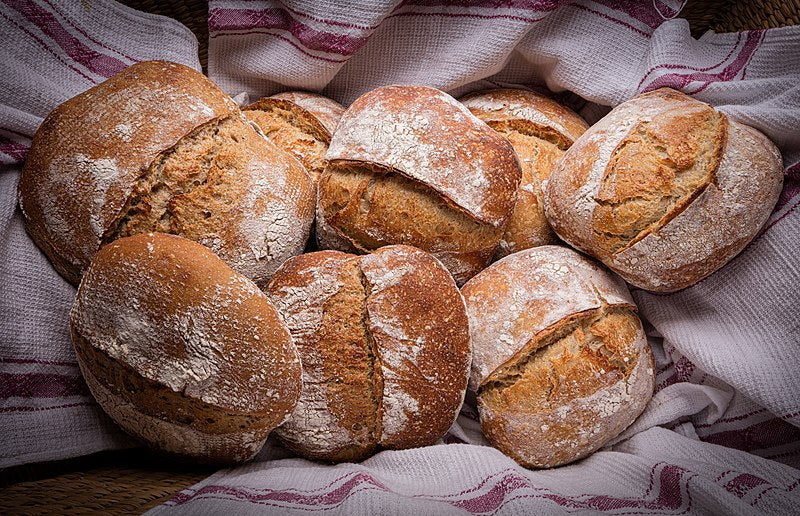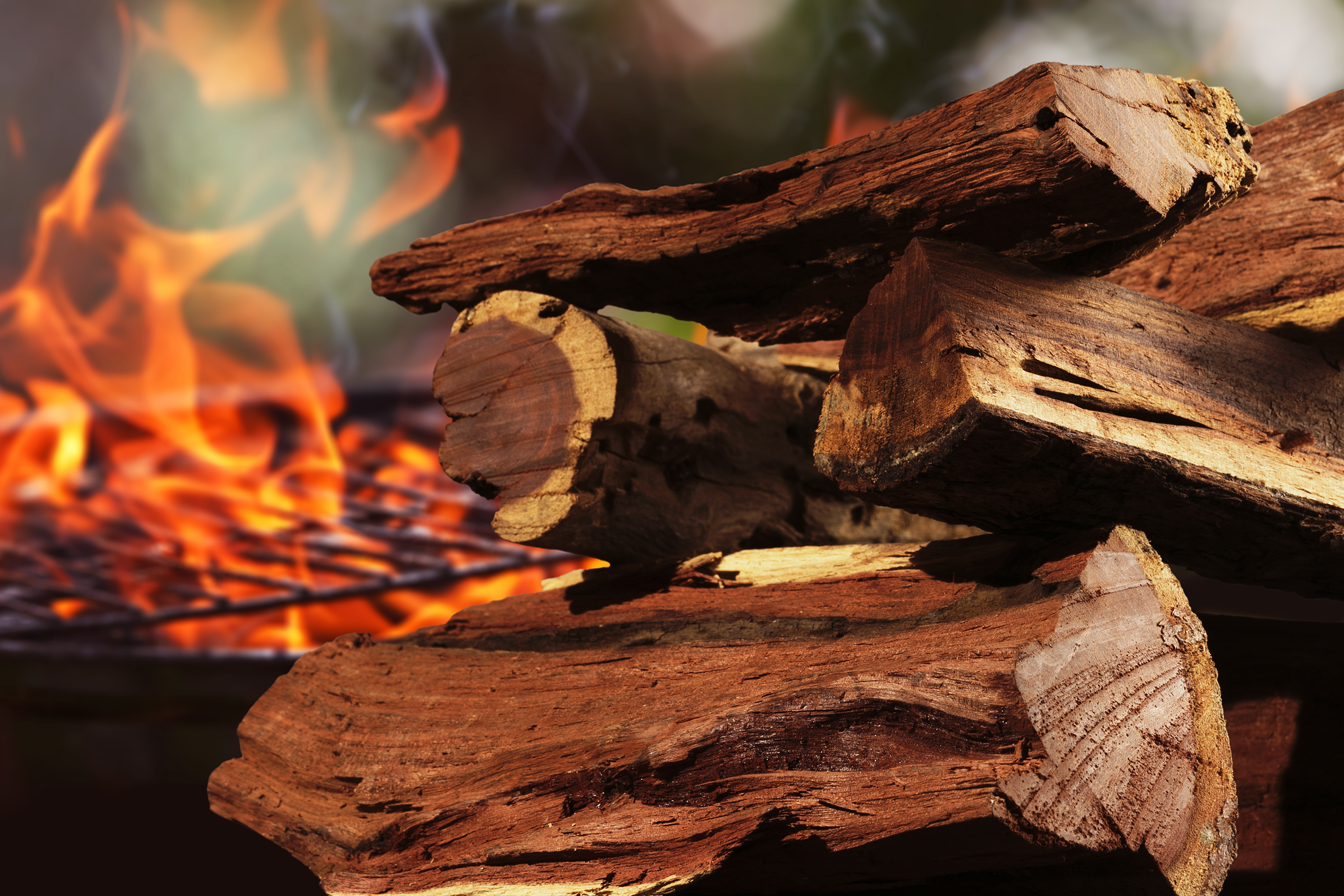
The Lockdown Kitchen – Flour Shortages and How to Bake Bread the Easy Way.
When England first went into lockdown as a result of Covid 19, many of our local supply chains were affected, including bakeries and supermarkets. Luckily, there was always a sufficient supply of bread but this was not the same with supplies of flour.
The flour shortage emerged as a result of three factors: people began panic buying and flour was one of the items at the top of most people’s list. The supermarket supply chains were not geared up sufficiently to keep up with this unusual demand. People’s interest in cooking and baking flared up. As a nation, we never actually ran out of flour, which is reassuring, we simply could not get it packaged and into shops quickly enough.
Flour is a favourite “survival” food as, if stored correctly, it can last for years without spoiling. It is extremely energy dense and very versatile as an ingredient. From cakes, to bread, to thickening up stews, flour is the vital ingredient.
For whatever reason, there was an unprecedented and huge spike in home baking, during lockdown and this extended to the majority of Bushgear employees as well. Having been in lockdown for over three months, we have all had plenty of practice and would argue our proficiency at bread making.
So here is our ultimate (and simple) recipe for a nice, farmhouse style loaf which involves very little fuss or work.

Ingredients
500 grams of bread flour (we prefer a strong, white flour).
30 grams of salted butter
30 grams of extra virgin olive oil
7 grams of dried yeast
300-350ml of water (at room temperature)
2 flat tablespoons of sea salt
1 flat tablespoon of sugar
Method
Mix the flour, butter, olive oil, salt, sugar and dried yeast (we like using “Allison’s) together in a large mixing bowl. Once thoroughly mixed, begin adding the water a little at a time whilst stirring the mixture with a fork (easier and cleaner than using your hands). You may not have to add the entire 350 ml of water but will want to use at least 300ml. If you think you have added too much water, you can add a little flour to compensate. The mixture now needs to be brought together using your hands. If the mixture seems too sticky to manipulate manually, add small amounts of flour at a time and keep mixing until the dough no longer sticks to your hands. At this stage, it is time to start kneading your dough. This is best done on a large, flat surface such as a kitchen worktop or oversized bread board. Flour the work surface so your dough is less likely to stick. Kneading simply involves “squashing”, rolling and manipulating the dough, to ensure the mixture is even and as aerated as possible. After approximately 10 to 15 minutes of kneading, you should notice a significant change in the texture of your dough. It will start to feel very soft, stretchy and airy. You can stop kneading at this stage and begin “proving”. Place the dough in a large bowl and cover the bowl with a sheet of grease proof paper (or aluminium foil). Leave in a warm area such as next to the oven (if it is switched on) or close to a radiator (ideal temperature of approximately 22oC+). Once the dough has risen and at least doubled in size, remove from the bowl and knead for a further 30 seconds. Cut the dough into four equal portions and make each portion into sphere. Place these four spheres into a baking tin (lightly dust the tin first to prevent sticking. The tin should be large enough to contain all the dough with no more than an inch exposed at the top). Don’t worry, these four spheres will combine to form a single loaf, once cooked. Dust the top of the loaf with a light layer of flour (for decoration) and score several times lengthways with a knife (scoring helps to achieve an even bake). Bake for 35 to 45 minutes on gas mark 6, until golden brown. Shake the bread out of the tin and bake for a further 5 minutes. To check if it is cooked, use your knuckle to “knock” on the bottom, if it sounds hollow, it is ready.
Allow to cool for 15 minutes, if you can. Enjoy with fresh butter.
You will be a bread making expert in no time.
Good luck!
Photo courtesy of [[File:Home made sour dough bread.jpg|Home made sour dough bread]]https://commons.wikimedia.org/wiki/User:Tomascastelazo


